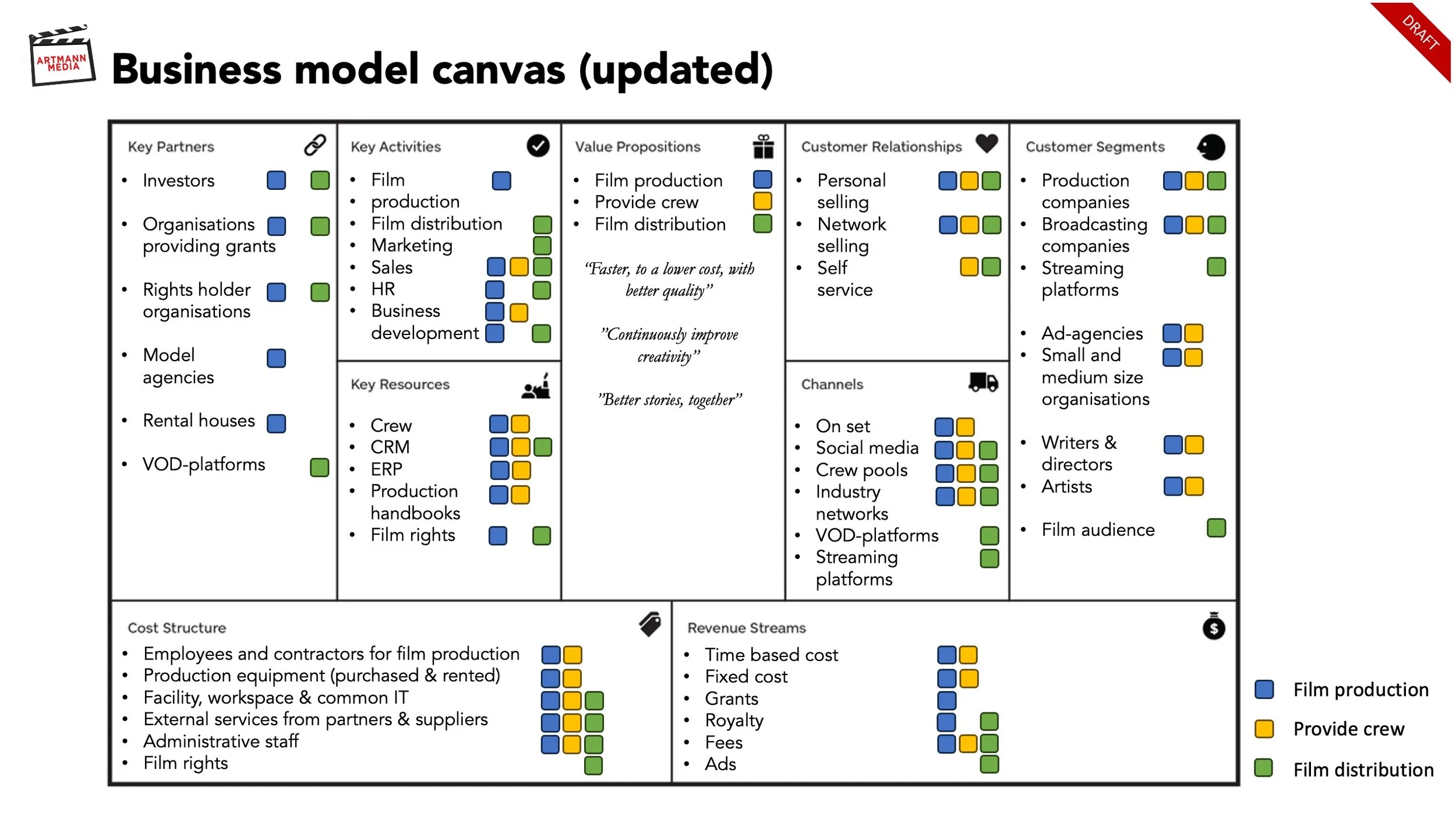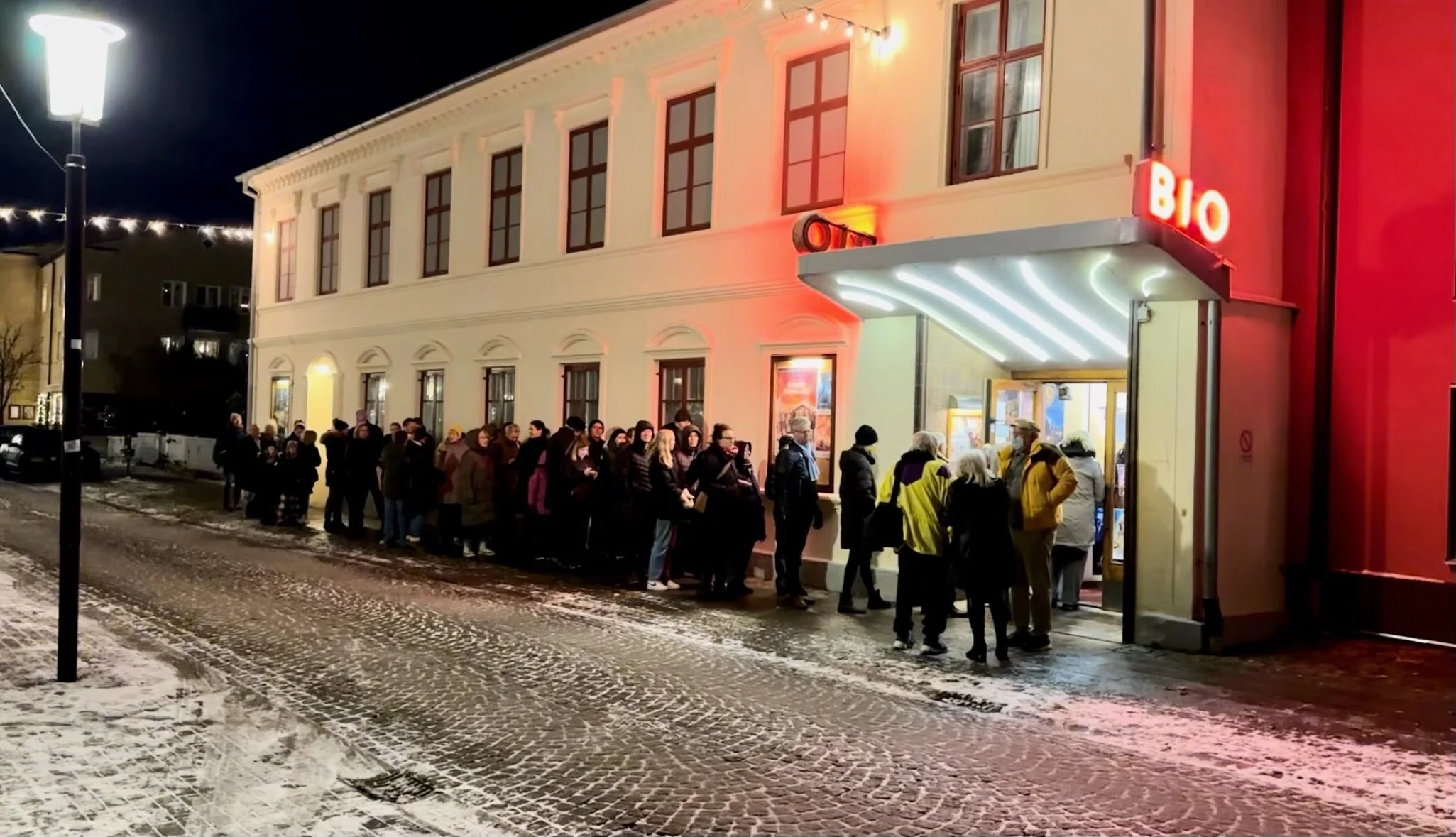In addition to capabilities and processes, I use TM Forum SID model as a base for the information architecture.
When we have this enterprise architecture on the highest level, we can focus on the actual business need. To be better at film distribution.
Business scope
The six capabilities I would focus on as they differ a lot are:
Product management
Platform management
Supply chain
Marketing
Sales
Customer support
We have two very different products. One is a produced film, to be distributed to an audience. The other type is crew and equipment for film productions.
Platforms, the tools for filmproduction, differs vastly from the distribution platforms, but they need to work seamlessly in real time when we are doing live productions.
Supply chain between film production and film distribution are also totally different. The output from the production is input in supply chain for distribution.
Marketing is often half of the cost for a film production, and targeting the audience. Marketing for film production and provide crew & equipment have a completely different strategy.
The way we sell productions and provide crew & equipment is streamlined today in our CRM-system and works well, but we don't have a described process for selling movies to B2B or B2C.
Today, we have functional mailboxes for handling customer support, but we need better processes and tools for this capability, thus in scope for.
How we work differs a lot between the BU, but another question is if the three BU’s use the same information.
Information architecture
Most of us (readers) work with IT, information technology, but the main focus is often on technology, not the information.
What I would focus on is business terminology, information models and data entities in the IT systems, and how they relates.
We leverage the information model from TM Forum, i.e. SID, as the organizations members work with telecom, media and entertainment.
If we look at the product model in SID, the model can manage films, crew, equipment as well as bundles. You can sell both digital and products, or offer subscriptions.
Customer model caters for both B2B and B2C customers, and is a subset of party that also manages suppliers, partners and other organizations that interact with us.
The question is then, how will the information model be used by the processes and implemented in IT.
Does existing systems support an improved distribution process, or do we need to do some changes? What should be could and should be shared between the different business units.
Next steps
To find out, I need to make an information model with business terms, information objects and data entities.
Previously, I've avoided this for my company as it takes too many weeks. Today, I can do this much faster with assistance of AI and it is much more feasible and this will be my next activity.
Next article will be about finding out the gaps between the business architecture and how the IT-system works to find out what's possible.
Stay tuned.





